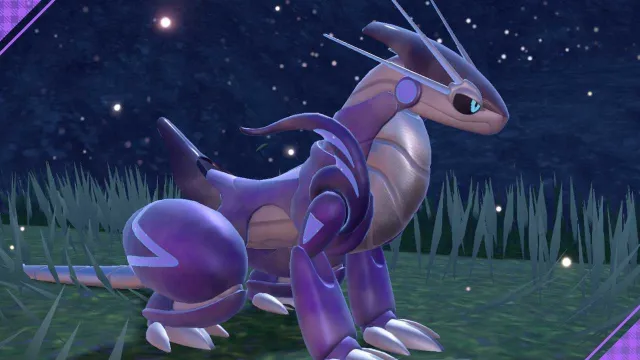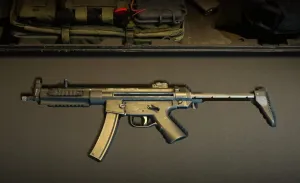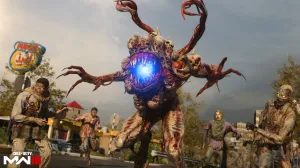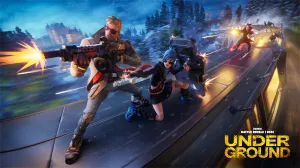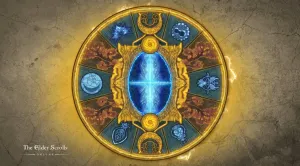VALORANT North America Last Chance Qualifier was always meant to be scrappy. It’s the final event on the calendar for North American VALORANT, where eight teams compete in a double-elimination bracket to determine who will make it to VALORANT Champions and who will be waiting until next year for another competition. Of these eight teams, only one can qualify for Champions.
The scrappiness of the qualifier was immediately clear in the set design when the lights came up on the LCQ stage today. Players emerged from the gaping mouth of an enormous skull to play inside what looked almost like a cage. According to Senior Visual Designer Ayriel “Awktopian” Hunt, the stage was meant to evoke “Mad Max meets Fight Club meets near future underground arena visual buffet,” a cavalcade of different themes that together effectively captured the nature of the event.

“They set it up pretty nicely,” Gen.G Esports’ Kenneth “koosta” Suen said of the stage. “People were oohing and ahhing as we walked out because they shot some flames up, so yeah, I think it’s a pretty good stage setup.”
However, past the set design, the first day of the Last Chance Qualifier was plagued by technical issues. Chiefly among them was the issue of online servers. Teams had travelled from around North America to attend the event in person, but players confirmed that they were still playing on regular online servers rather than LAN servers as expected. 100 Thieves’ Ethan “Ethan” Arnold posted a Tweet following the team’s series against Gen.G where he stated, “Our team was rubber-banding and stuttering the whole game.”
Playing LAN using online servers… I’ve never seen this in my life.
Our team was rubber-banding and stuttering the whole game playing on a NorCal server.
First day things 🙃
— EG Ethan (@ethanarnold) October 12, 2021
These servers presumably led to further issues for players, especially during the quarterfinal series between XSET and Luminosity Gaming, where what appeared to be a server issue caused players to lag and the observer feed to cut out. The round was not replayed and the series proceeded as normal from there.
Due to what appears to be server issues at the #VCT NA LCQ event, LG just lost a round against XSet. Question mark? pic.twitter.com/PnFtbxovbQ
— Upcomer (@Upcomer) October 13, 2021
A slew of technical pauses in the first game also caused the event to feel slow and frustrating from a viewer’s perspective, though technical pauses lessened as the day went on. The broadcast also suffered issues such as off-kilter graphic overlays, the image cutting out briefly or the stream dropping entirely.
“Given strict COVID protocols for in-person events, we felt it was the best interest of all to shift to a remote server, should any players need to be quarantined,” Riot Games said in a statement. “This would allow for teams to continue to compete and not bring in a sub or be forced to forfeit. We recognize the virtual server is not the same as playing on LAN; however, we are diligently working on improving the remote server experience throughout the competition.”
Statement on #VALORANTLCQ: pic.twitter.com/ORWZNimYk6
— VALORANT Esports NA (@valesports_na) October 13, 2021
It was a rocky start to the first major North American VALORANT LAN tournament. The remaining quarterfinal and semifinal matches will take place on Oct. 13.

